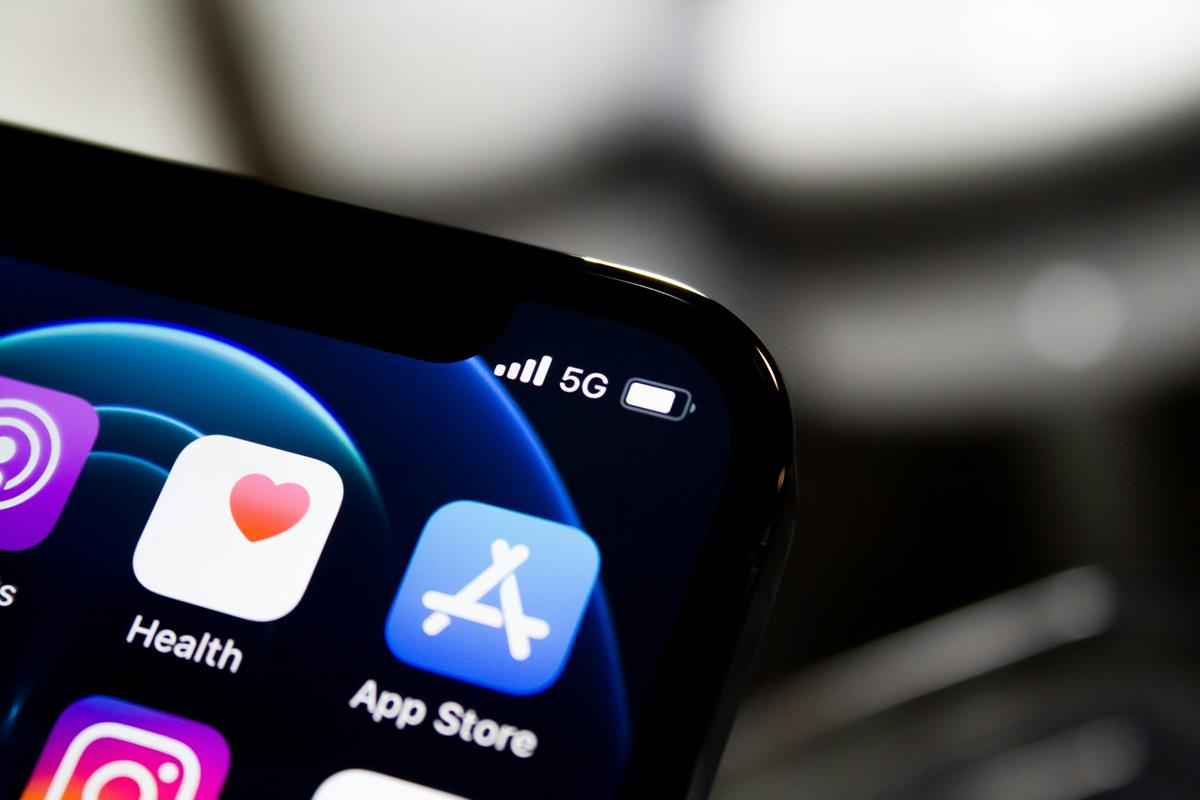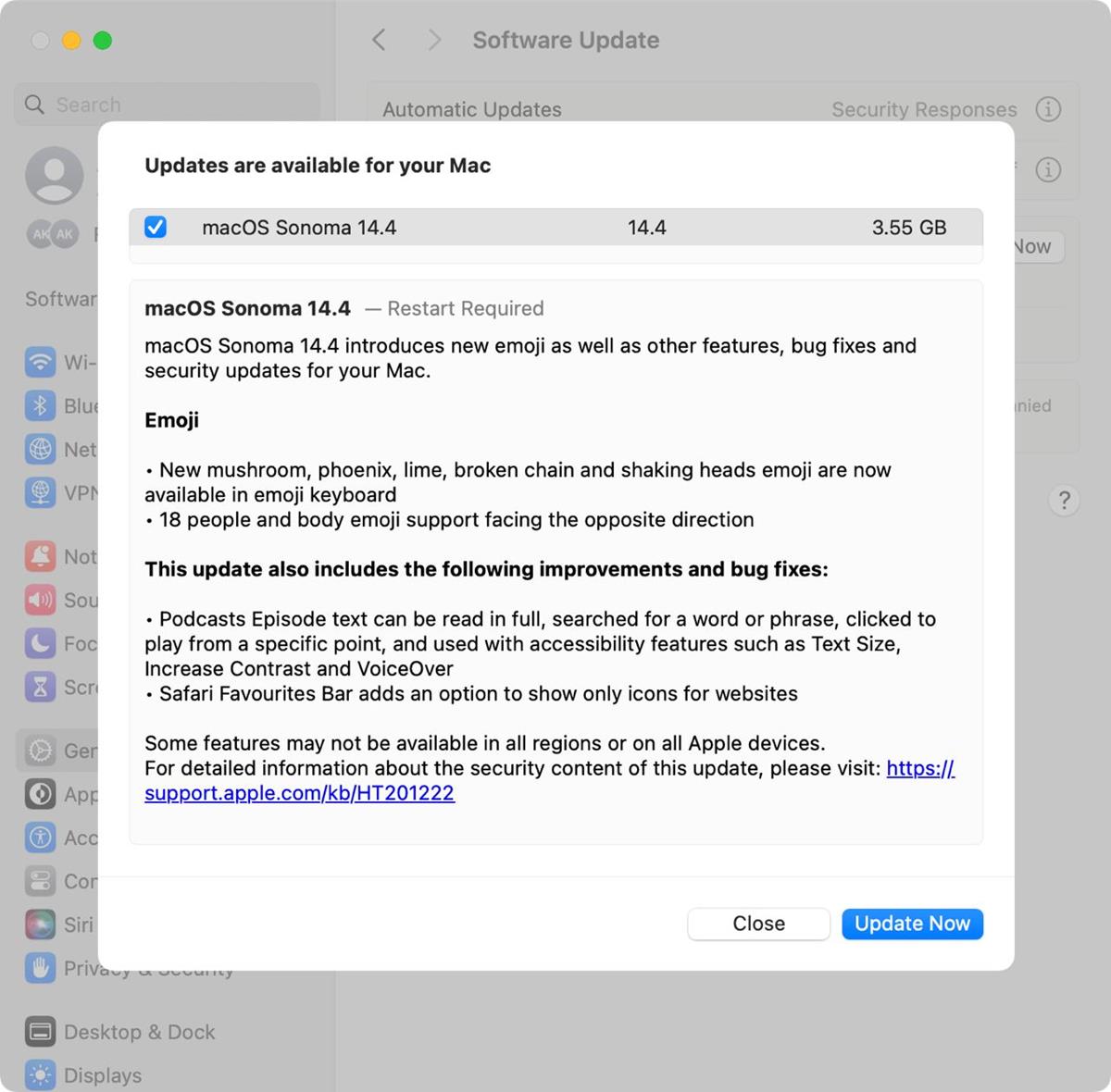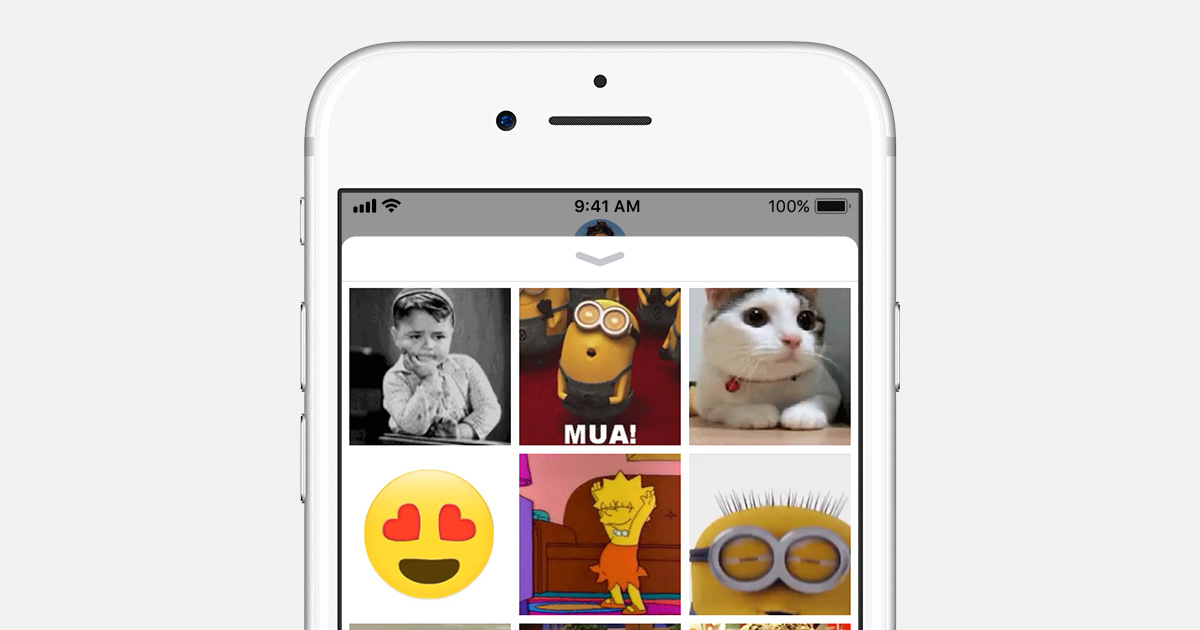Does Apple show how Shadow Copy is supposed to be done?
Tech blogger Long Zheng has today published an article directly comparing the Previous Versions feature in Windows 7 to the Versions function in OS X Lion, the forthcoming update to Apple's desktop OS.
He describes how "Once again, Microsoft may have implemented the technology first, but Apple has turned it into a compelling end-user experience" and goes on to explain that "After OS X Lion is released in approximately a few months, it’s my guess many folds more users are going to love “Versionsâ€. Why? Because even if they don’t need to recover a file, they’re going to enjoy the visual spectacle of traveling through time with their documents."
Now Previous Versions, or Versions in OS X Lion, is a feature that is supposed to keep copies of your files when you make changes to them. This means that if you accidentally make a change you didn't mean to you can easily and quickly restore the file to a previous copy.
Okay, that's all well and good but he's completely missing the core point of what should be his article. Yes, I will agree wholeheartedly that Apple are showing Microsoft how shadow copy should be done, even though the feature was available in Windows Vista and Apple are a bit late to the party.
The most important thing about Previous Versions in Windows 7 is that it simply doesn't work reliably. In my book, Troubleshooting Windows 7 Inside Out, I talk at some length about shadow copies and previous versions and I stress that the feature simply cannot be relied upon to save previous copies of your files.
Let me explain why. Firstly you have to have a large hard disk for the feature to work at all. It will also only typically use about 3% of the capacity of your hard disk for files and there's no guarantee that it will use all of that space.
The most important reason why Previous Versions cannot be relied upon however is that it cannot tell the difference between an important and an unimportant file. Every time you open a digital photo, a web link or play an MP3 the data in that file has to be updated to say when it was last opened. This counts as a file change.
Previous Versions simply can't tell the difference between these files and the spreadsheets and databases you work on day to day. What's more, there's no way to tell it to ignore these types of file.
This means that unless you use your PC for purely business work, most if not all of your Previous Versions stoprage space will be occupied by non-important files. The more of these you open, the further down the priority list the files go that you actually need it to keep. Eventually they just get pushed so far down that there's no space to store them and the next time you ask the feature to look for earlier versions of the file, there aren't any.
Microsoft has got a lot of work to do with the next version(s) of Windows to convince people that the Previous Versions feature, which lets face it has such potential, is worth having. Let's hope they achieve this.
So Long is quite correct that Apple are once again leading the way, but they're doing it in typical Apple fashion. Coming in late to the party, taking an idea that's already existed for ages and making it a world-beater, and I say, good on 'em for it.





















I think this page is awesome for people this blog gives them a brief idea on where they need to start and start with. Thank you
OpenSolaris had this a long time ago using ZFS snapshots and there you get to choose what directories you want to record the changes on. And you can keep the historical data as long as you want.
@nicbot , I think the comparison is in place as iOS5 (OS X Lion) will arrive in 3-4 months while Win 8 won’t happen before 2013 as MS will be forced to re-write the OS after using OS X Lion (put the copy team into action).
@ iLev; Your lips look a little red, have you been drinking the Koolaid??
“put the copy team into action”…That’s ironic of you to say considering. lol.
Sure, but I think the main point should be that MS will have had versioning recovery for about a decade longer than Apple now. If you want to compare apples to apples, then I think MS’s current solutions win hands down over Time Machine. Also, you forget that MS does not control the hardware their OS runs on. Since Apple does, they can throw in a large HDD coupled with a new software piece to store all your ‘versions’. Why it’s taken them this long to get around to it is beyond me though.
I think it’s inevitable, but not necessarily fair to directly compare and criticize a non-released OS feature to one that’s been on the shelf for over a year… Do you think Windows 8 will employ the same versioning solutions as 7? I seriously doubt it considering the current evolution coupled with MS’s cloud services ;)